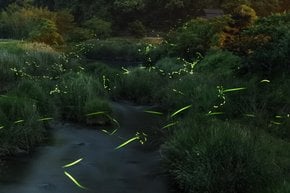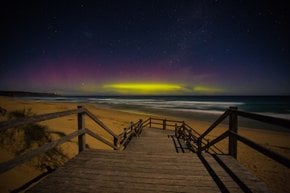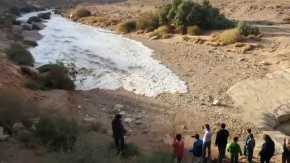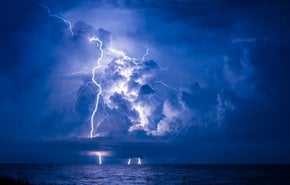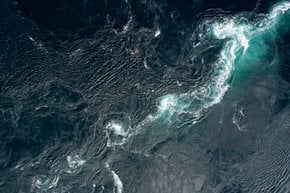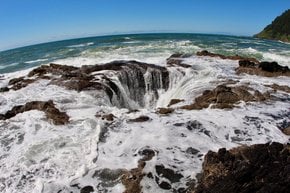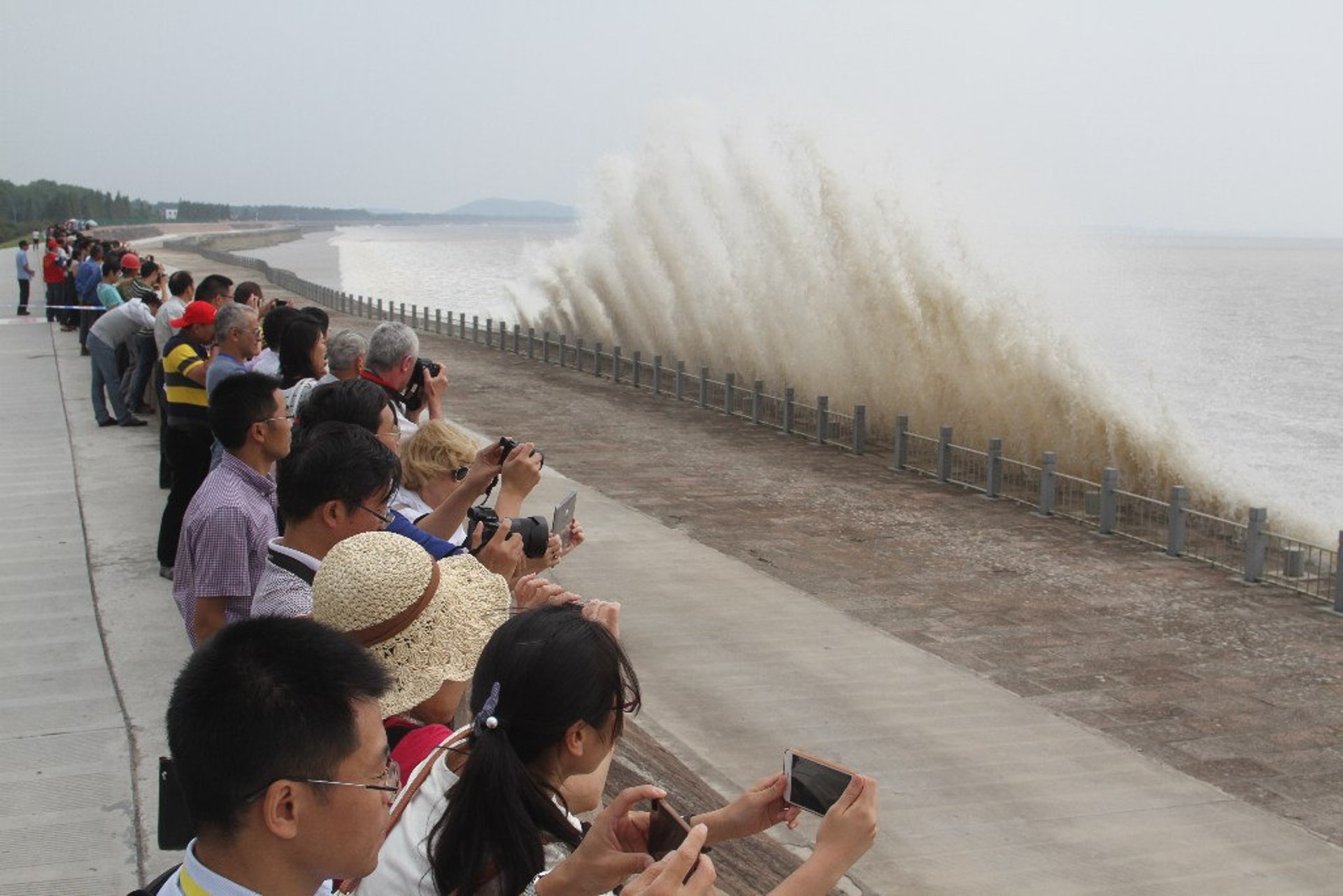



Qiantang River Tidal Bore Featured in
The biggest bore tide in the world is 9 meters high, moves 40 km per hour, and crushes 50 meters high in the air. The so-called Silver Dragon appears at Qiantang River, the biggest one in Zhejiang Province, and obviously very sensitive to the Moon activity. It emerges in the Hangzhou Bay and rushes towards the mouth of the river.
For surfers, the Qiantang River Bore Tide must be a true jewel, when other people prefer to view that dramatic spectacle from the viewing platforms, at a safe distance.
Or relatively safe, since it rarely happens that the onlookers go home dry,—most often they are pretty drenched. In worse cases, some slower runners might get swept into the newly-formed turbulent ocean, some are rescued, while others might get lost forever. To prevent similar accidents it's strongly advisable to follow the police's instructions.
Nevertheless, the natural phenomenon draws thousands of people to the shores to watch the spectacle from behind the fences. Tide-viewing tradition has been over 2000 years old, which means people have always marvelled at this dramatic natural wonder.
The most powerful tidal bore occurs on the 18th day of the eighth lunar month, and it reaches its peak on the eighteenth day of that month, that's when Tide-Watching Festival takes place. Up to 170,000 people come to witness the spectacle.
Less tremendous bore tide may be also observed in every other lunar month, namely from its first to the fifth day, and then from the 15th to the 20th day of the lunar month. It all depends on the full moon.
The best locations to view the tidal bore include Lao Yan Cang, Da Que Kou, and Yanguan Tide Watching Scenic Area, all three located nearby.




